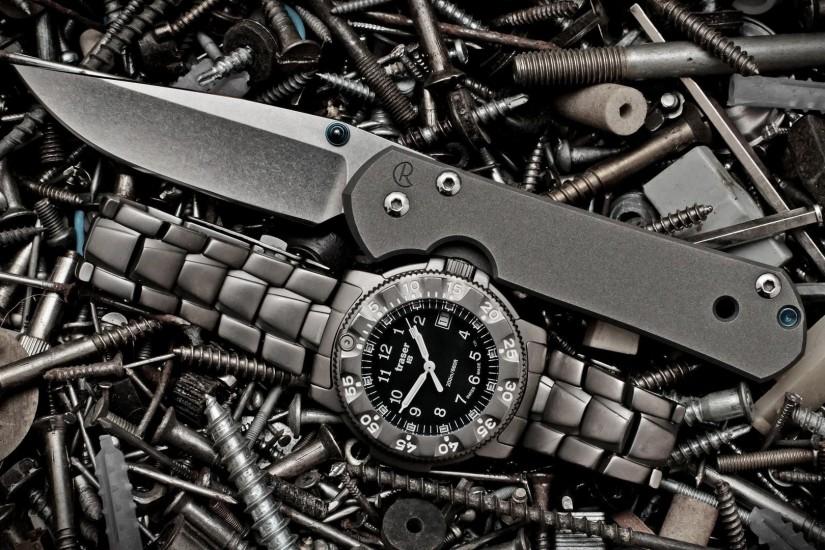Firearms have long been a subject of controversy and fascination in society. From the sleek design to the raw power they possess, these weapons have played a significant role in shaping our history and culture. Whether it be for self-defense, sport, or military use, firearms have undeniably left an indelible mark on humanity.
At the heart of every firearm lies the ammunition, the driving force behind its potency. Carefully crafted, these small metal wonders are meticulous in their design, channeling immense energy to propel a projectile forward. The art of engineering ammunition has evolved over centuries, with constant innovations enhancing not only their accuracy but also their expanding range of applications.
However, it is important to recognize that firearms are not just mere instruments of destruction. They hold a place in the hearts and minds of many enthusiasts who embrace them for their recreational and competitive benefits. The world of firearms brings together a diverse community of individuals who appreciate the skill, precision, and discipline required to master these instruments of controlled power.
In the following pages, we will delve deeper into the realm of firearms, exploring their various types, their historical significance, and the evolving landscape of gun legislation. From the mechanics of different firearms to safety considerations, we will unlock the knowledge that surrounds these extraordinary tools. Join us as we embark on a journey through this complex and compelling world, uncovering the power and significance of firearms.
Understanding Ammunition
In this section, we will delve into the intricacies of ammunition and explore its role in the world of firearms. Ammunition forms an integral part of any firearm, providing the means to propel and deliver projectiles with precision and force. Understanding the key components and types of ammunition is essential for anyone looking to unlock the true power of firearms.
Ammunition primarily consists of three essential components: the projectile, propellant, and primer. The projectile, commonly known as the bullet, is the part of the ammunition that is propelled out of the firearm. It is typically made of a metal material, designed to penetrate targets with accuracy. The propellant, often in the form of gunpowder, is what provides the explosive energy required to propel the projectile forward. Lastly, the primer serves as the ignition source, activating the propellant and initiating the firing sequence. These components work in harmony to ensure the effective functioning of firearms.
Read More
There are various types of ammunition available, each tailored to different firearms and purposes. The most common type is centerfire ammunition, characterized by a primer located in the center of the cartridge base. This type is widely used in handguns and rifles for recreational shooting, self-defense, and hunting. On the other hand, rimfire ammunition features a primer located within the rim of the cartridge base. It is primarily used in small-caliber firearms for activities such as sport shooting and pest control.
Understanding the intricacies of ammunition is crucial for firearm enthusiasts and professionals alike. It not only ensures the safe and proper use of firearms but also allows individuals to make informed decisions when it comes to selecting the right ammunition for their specific needs. With this knowledge in hand, individuals can truly unlock the potential and power of firearms.
Types of Firearms
In this section, we will explore different types of firearms. These weapons come in various forms and serve distinct purposes. Let’s delve into three main categories:
Handguns: Handguns are firearms designed to be held with one hand. They are commonly used for self-defense, law enforcement, and sport shooting. One type of handgun is the pistol, which typically has a detachable magazine and a single barrel. Another type is the revolver, known for its rotating cylinder that holds multiple rounds. Handguns are lightweight and compact, making them easily concealable.
Rifles: Rifles are long-barreled firearms designed for precision and accuracy. They are often used for hunting, target shooting, and military applications. Bolt-action rifles are manually operated and require the shooter to cycle the bolt after each round. Semi-automatic rifles can fire one round with each pull of the trigger, and they often have detachable magazines. Some rifles, such as the automatic or select-fire rifles, have the capability to fire continuously with a single trigger pull.
Shotguns: Shotguns are firearms with smooth-bore barrels and are typically used for hunting and sport shooting. They are unique because they fire multiple projectiles called "shot" rather than a single bullet. Shotguns come in various configurations, such as pump-action, break-action, and semi-automatic. Pump-action shotguns require manually cycling the action to chamber a new round, while break-action shotguns have a hinged design that allows for easy loading and unloading.
By understanding the different types of firearms, we can better appreciate their role in various contexts. Each type offers its own advantages and capabilities, catering to the diverse needs and preferences of firearm users.
Safety and Responsibility
The safe and responsible handling of firearms is of utmost importance. Owning a firearm comes with a great deal of responsibility, and it is essential to prioritize safety at all times.
Firstly, proper education and training are crucial when it comes to firearms. It is essential for individuals who own firearms to undergo thorough training on how to handle and use them safely. This includes learning about proper storage methods, understanding the components of a firearm, and being aware of the potential dangers associated with owning a firearm.
Additionally, practicing safe storage is integral to firearm ownership. Firearm owners should ensure that their firearms are stored securely in a locked cabinet or safe when not in use. By doing so, we can prevent unauthorized access to these potentially dangerous weapons, especially by children or individuals who are not trained in their use.
Lastly, it is crucial to exercise responsible behavior when carrying or using firearms. This means always treating a firearm as if it is loaded, even if you believe it to be unloaded. Handling a firearm with care, avoiding reckless behavior, and following proper protocols are essential to ensure the safety of yourself and those around you.
In conclusion, safety and responsibility go hand in hand when it comes to firearms. By prioritizing education, training, secure storage, and responsible behavior, we can minimize the risks associated with firearms and promote a safer environment for everyone involved.




